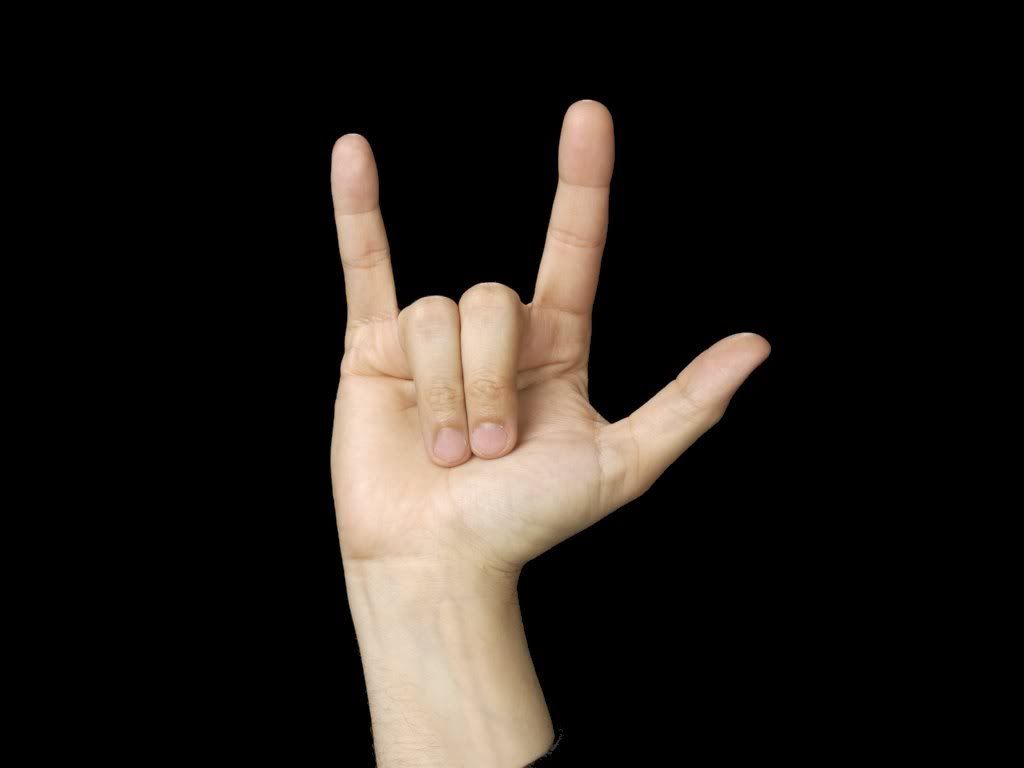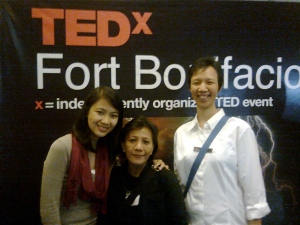By: Ms. Isabel L. Templo
"At last night’s TEDx Fort Bonifacio, I was once again transported into the world of the deaf. The first speaker of the night, Ana Arce — who graduated magna cum laude from the De La Salle-College of Saint Benilde — is Deaf. Deaf, with a capital “D,” she explained through an interpreter — not deaf, deaf-mute, hearing impaired, and certainly not dumb!
Ana’s talk was inspiring. “The Deaf can,” she told the audience. The Deaf, she pointed out, are businessmen and women, sports enthusiasts, artists and photographers — and yes, educators. This, despite the fact that they live and move in a society that is so hearing-centric. Think about it. How have we made life easier for the Deaf? Aside from the TV show “Kapwa Ko, Mahal Ko,” how many TV shows have had sign language interpreters or even closed captioning? How many theater productions and live events? And how many cinemas show films with subtitles for the Deaf?
Ana closed her talk with a challenge to the hearing: “Let us into your world.” It is time to make our society more Deaf-friendly. We can at least try.
+++
Interpreting for Ana and for some of the other speakers was Veronica (“Nicky”) Perez, the dean of the De La Salle-College of Saint Benilde School of Deaf Education and Applied Studies (SDEAS), who happens to be my cousin.
Watching her sign during TEDx, I realized how hard it is to be a sign language interpreter. It’s more than just literally signing what a speaker says. “You have to sign for the Deaf to understand,” Nicky said — which means there can be a lot of explaining and contextualizing going on.
The Deaf community needs more hearing people to learn sign language — and eventually interpret for them. For those who want to learn the language, SDEAS would be a good place to start.
+++
There’s also the concern about what kind of sign language to use when communicating with the Deaf. The signs used by Linda on Sesame Street are from American Sign Language (ASL). SDEAS is pushing for Filipino Sign Language (FSL).
Many of the signs are universal, but there is one simple difference. “FSL is based on the experiences of Filipinos,” Nicky explained. To make the ASL sign for “dog,” for example, one would slap one’s leg and then snap her fingers. But this is an American’s experience — friendly, well-trained dogs. In the Philippine setting, with dogs roaming the streets freely and barking at people, a more appropriate sign is made by using the hands to mimic the action of a dog’s jaws as it barks.
It’s an interesting language — and like other languages, a living language that continues to remain relevant to those who use it.

The sign for "I love you"
+++
I also blogged about TEDx Fort Bonifacio here."
Please read the rest of Ms. Isabel Templo's post in her Cybernotebookhttp://cybernotebook.wordpress.com/2010/02/18/into-the-world-of-the-deaf/
She is currently Freelance Writer and Editor (Self-employed), and a partner at East Axis Creative, Inc. (http://www.east-axis.com/home.html)
Thank you ma'am for allowing us to post your enlightening thoughts.

